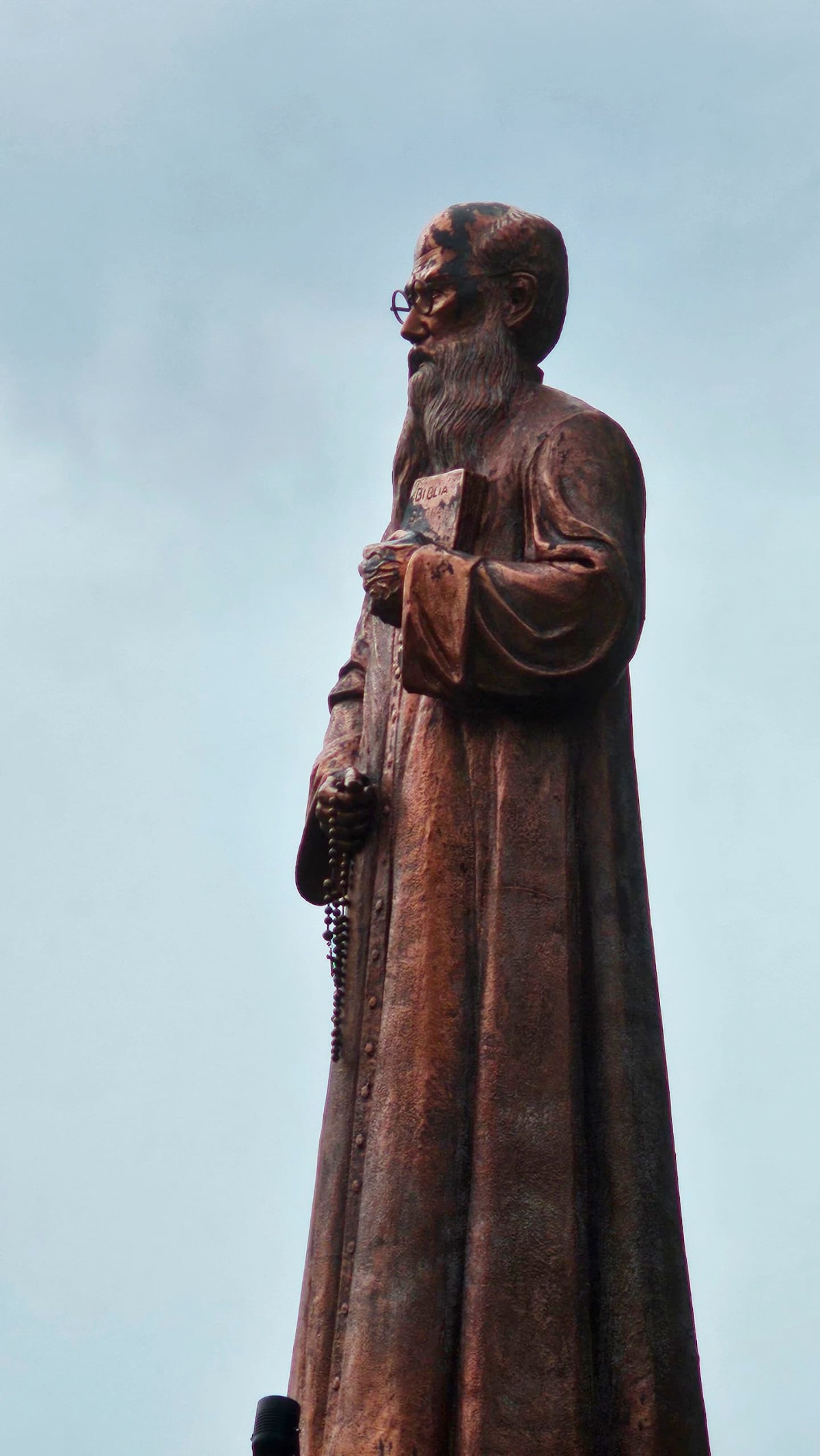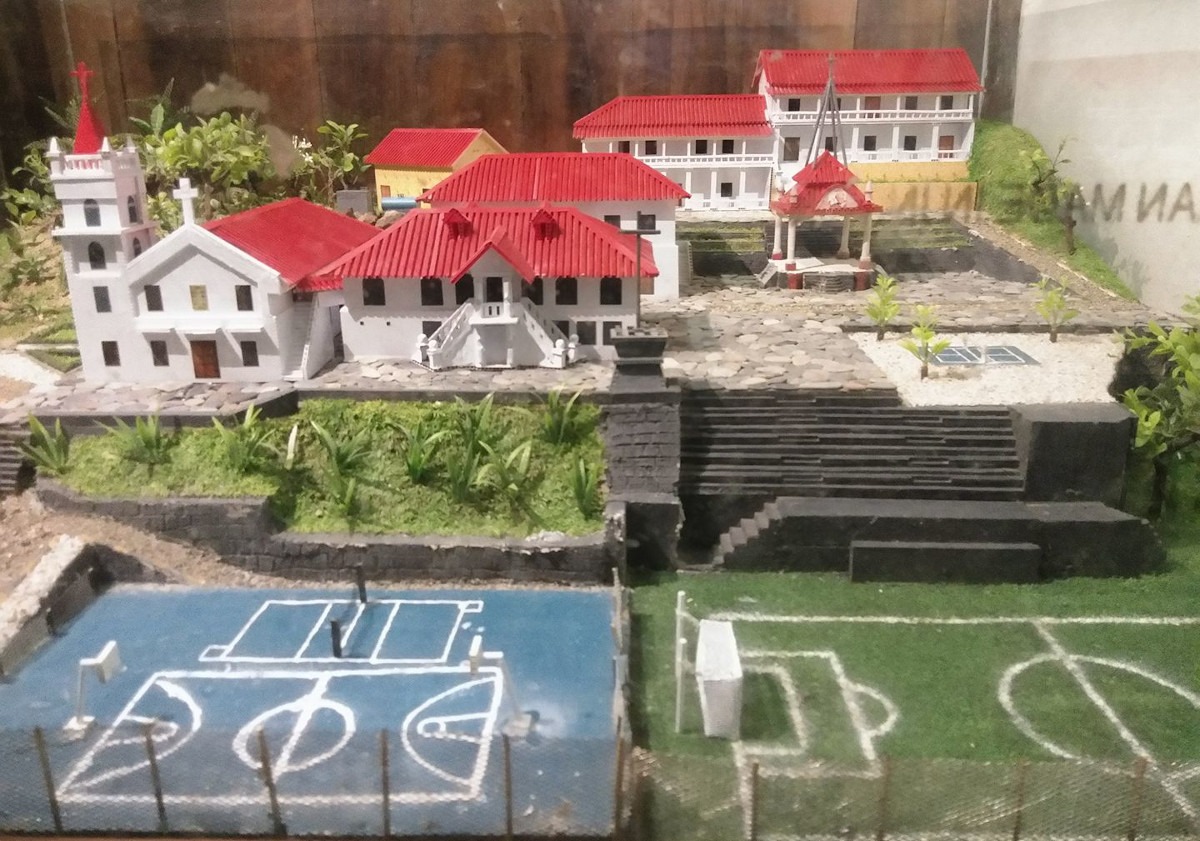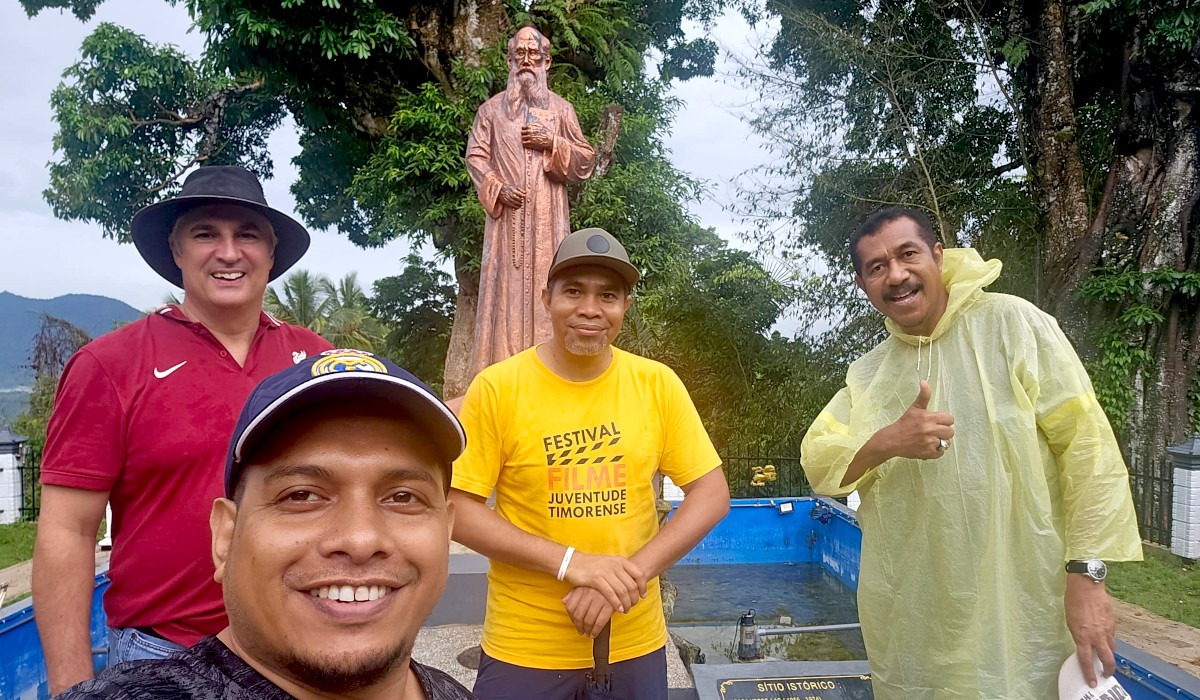
The Jesuits in Timor-Leste celebrate this year 125 years of Jesuit mission in the country. Three Jesuits, under the command of the energetic missionary, Fr Sebastião Aparício da Silva, started the mission in the remote area of Soibada in 1899. In 1875, the district of Timor was put under the administrative jurisdiction of Macau, and for the next 70 years, the destiny of Timor was closely tied up with affairs in Macau. Fr da Silva, who was from Cernache in Portugal, first arrived in Timor in 1877 as a diocesan priest from Macau. Recalled to Macau, he returned to Portugal, and there he joined the Jesuits. He was in the first group of Jesuit missionaries to arrive in Soibada in 1899, when Bishop José Manuel de Carvalho entrusted the Vicariate of the southern coast to the Jesuits, while the diocesan clergy retained responsibility over the Vicariate of the northern coast. Fr da Silva, the superior of the Jesuits, was named Vicar-General for the southern coast, with its centre in Soibada and covering the areas of Barique, Fehuc Rin, Viqueque, Luca, Alas, Raimean, Suro, Atsabe, Batugade, and Balibo.

The evangelization effort focused on typical frequent visits to the villages, catechesis, and baptisms but, most importantly, education. Faith, knowledge, and practical skills were the focus of their education at the time. Under the leadership of Fr da Silva, the Jesuits set up two colégios, or boarding schools, for boys and girls, built a church and a residence, and invited the Canossian sisters to take care of the girls’ boarding school. He also opened two vocational schools for carpenters and bricklayers, produced soap (for use and sale), developed agriculture, including rice fields in Clacuc, and others.
All of this was meant to sustain the two colégios as Soibada was so far from anywhere and difficult to reach. Fr da Silva even published books such as “Catecismo da Doutrina Cristã em Tetum” and “Dicionário Tetum-Português”. Fr Manuel Fernandes Ferreira, who was in the first group with him, also wrote “Catecismo Badak no Orasaun ba Lorloron”. Fr Ferreira, in 1903, directed a musical orchestra in the boys’ school with instruments such as rebec, cornet, horn, baritone, and bagpipes.
In 1909, there were six Jesuits in Soibada: three priests, Sebastiao Maria Aparicio, Manuel Fernandes, and Jose Marques Atalaia, and three lay brothers, Antonio Amaral, Antonio Claudino, and Julio de Sousa. The following year, with the proclamation of the republic in Portugal, the Jesuits were expelled from the colonies, including Timor, and the Jesuits left Soibada. This was the first period of Jesuit mission in Timor-Leste that lasted for only 10 years. But it was such a flourishing mission that historians noted: “In this short period of mission, the sons of Saint Ignatius of Loyola gave the best of their apostolic abilities.” The mission was taken over by diocesan priests, but the Jesuits had marked the mentality, style, spirit, formation, and quality of education that would eventually turn out to be so decisive in the history and the church of the country.
After their expulsion, the Jesuits were absent from the country for almost half a century. The Second World War destroyed much of what was in Soibada and elsewhere in Timor-Leste, including the minor seminary established in Soibada in 1936. The second period of the Jesuit mission was marked by the return of the Jesuits in 1958, when Bishop Jaime Garcia Goulart reopened the seminary and invited the Jesuits to take charge of it. Since then, an international group of Jesuits have come to serve in the seminary, including Jesuits we know from our Jesuit Conference, such as Fr Ismael Zuloaga, Fr Andrés Dias de Rabago, and Fr João Felgueiras, who is now approaching 103 years old and is still with us in Timor. (Fr João Felgueiras serves as our “memória histórica”—a living witness to our history. As a novice in 1940, he knew and served Fr da Silva in his old age. Fr Felgueiras was the last Jesuit sent to Soibada in 1987.)

In 1967, the Jesuit community of then-Portuguese Timor was put under the care of the Portuguese Province. A Portuguese colonial outpost initially run by Dominican missionaries, and then successively by merchants and soldiers from 1550 onwards, Timor was thrown into the whirlwind of global politics in 1975. Through the seminary, the Jesuits were able to form the Timorese intellectual, religious, and political elite during this challenging time. They educated laypersons active in society. Bishops, priests, civil servants, politicians, diplomats, university professors, and military leaders of today came out of their ranks.
The Indonesian military invasion in December 1975 marked a new era for the Jesuits. At the time, most religious groups left the country in trouble. The old and wise Fr Bernard Marie Gouen, before his death in 1975, told the other Jesuits: “In this kind of situation, the Jesuits are the last to leave.” So, three Portuguese Jesuits remained with the people and the church of Timor. The Jesuit community then passed to the care of the Indonesian Province, and many Jesuits came from Indonesia. During this period, apart from continuing our service to the diocesan seminary, the bishop entrusted to the Jesuits the management of Colégio de São Jose, which became the favourite school to form leaders. Offering agricultural training, a credit union, and the Jesuit Refugee Service, the Jesuits were able to penetrate the grassroots of Timor society and not stay only on the intellectual level.

These 125 years of the Jesuit Mission in the country have been marked by expulsion, conflict, or violence, but the Jesuits have always opted to walk with the people of their time. Our history has been ornated by the crown of martyrdom of our two brothers, Fr Albreght Karim and Fr Tarcisius Dewanto, in September 1999, during the East Timorese crisis.
Today, Timor-Leste is an Independent Jesuit Region, with a major superior who receives the accounts of conscience of his members and gives them their mission. Our mission has been mostly in the service of missão or the local church institutions, except during the Indonesian occupation, when we ran an agricultural training centre. Soibada is now only the ruins of the old mission, but on 3 April 2023, the parish dedicated a monument with the statue of Fr Sebastião Aparício da Silva next to the centenary church.
Despite the challenges in human and financial resources, the Timor-Leste Jesuit Region is flourishing with the support of so many friends around the world, especially in the Jesuit Conference of Asia Pacific. With the enthusiasm of a good number of young priests, assisted by experienced and generous brothers from other Jesuit provinces, we are slowly growing. We have our own institutions in media, social and health services, education, Jesuit and pastoral formation, youth formation, and Ignatian Spirituality. Father General visits us every 10 years (Fr Kolvenbach in 2004, Fr Nicolas in 2014, and Fr Sosa in 2024). Even though we are small and far, we are well assisted.
Fr Joaquim Sarmento SJ is the first Jesuit to be born in Soibada. He was ordained in 1999, exactly 100 years after the start of the first Jesuit mission in his hometown.
This article was first published in The Jesuits Asia Pacific 2024 magazine.

